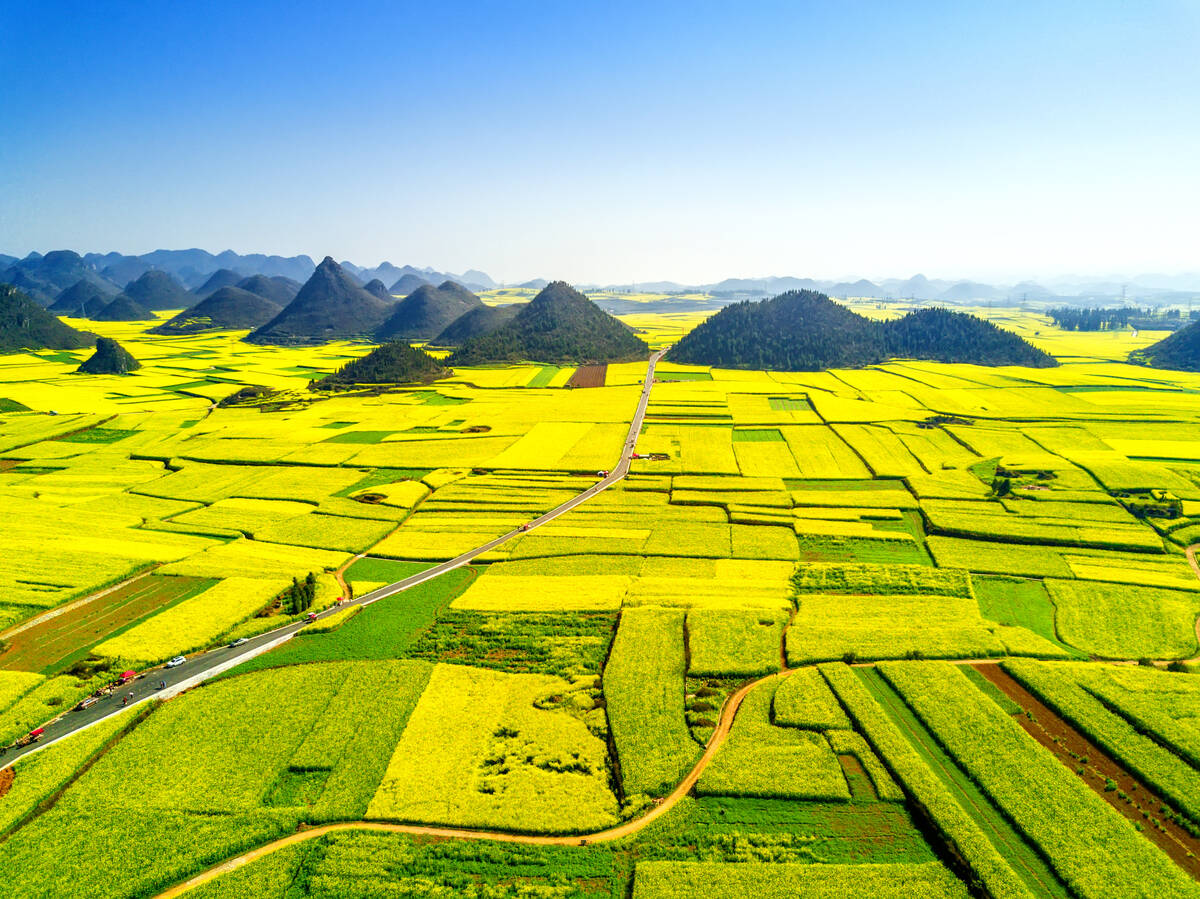REGINA (Staff) – The Crow Benefit might have been killed to save federal dollars, but two speakers at a Regina conference said it could save land too.
Getting rid of the Crow, which subsidized grain shipments from the Prairies, will push some producers to turn marginal cropland over to forage production and grazing, said Peter Rempel, a land specialist with the Saskatchewan agriculture department.
And Chris Nykoluk of the Prairie Farm Rehabilitation Administration said the removal of subsidies that promote grain production on marginal land will lead to more grassland and crop diversity.
Read Also

Short rapeseed crop may put China in a bind
Industry thinks China’s rapeseed crop is way smaller than the official government estimate. The country’s canola imports will also be down, so there will be a lot of unmet demand.
Rempel and Nykoluk made presentations at a provincial biodiversity conference.
“I think it’s always better when a crop is grown in a place it’s most suited to,” said Nykoluk. Growing grain on marginal land strains the local environment and soil. With the end of the Crow, she said producers will turn to producing the crop or using the land in a way that is most natural to the environment.
Greater crop selection
Less intrusive government programs mean much greater crop selection and land use will likely be seen.
“Farmers know quite well what their land will grow, so I think there’s going to be a lot more creativity,” Nykoluk said.
Rempel said he expected to see more variety in crop rotations.
And he said producers are taking steps to ensure every aspect of their operations, even equipment, is matched to the environment.














